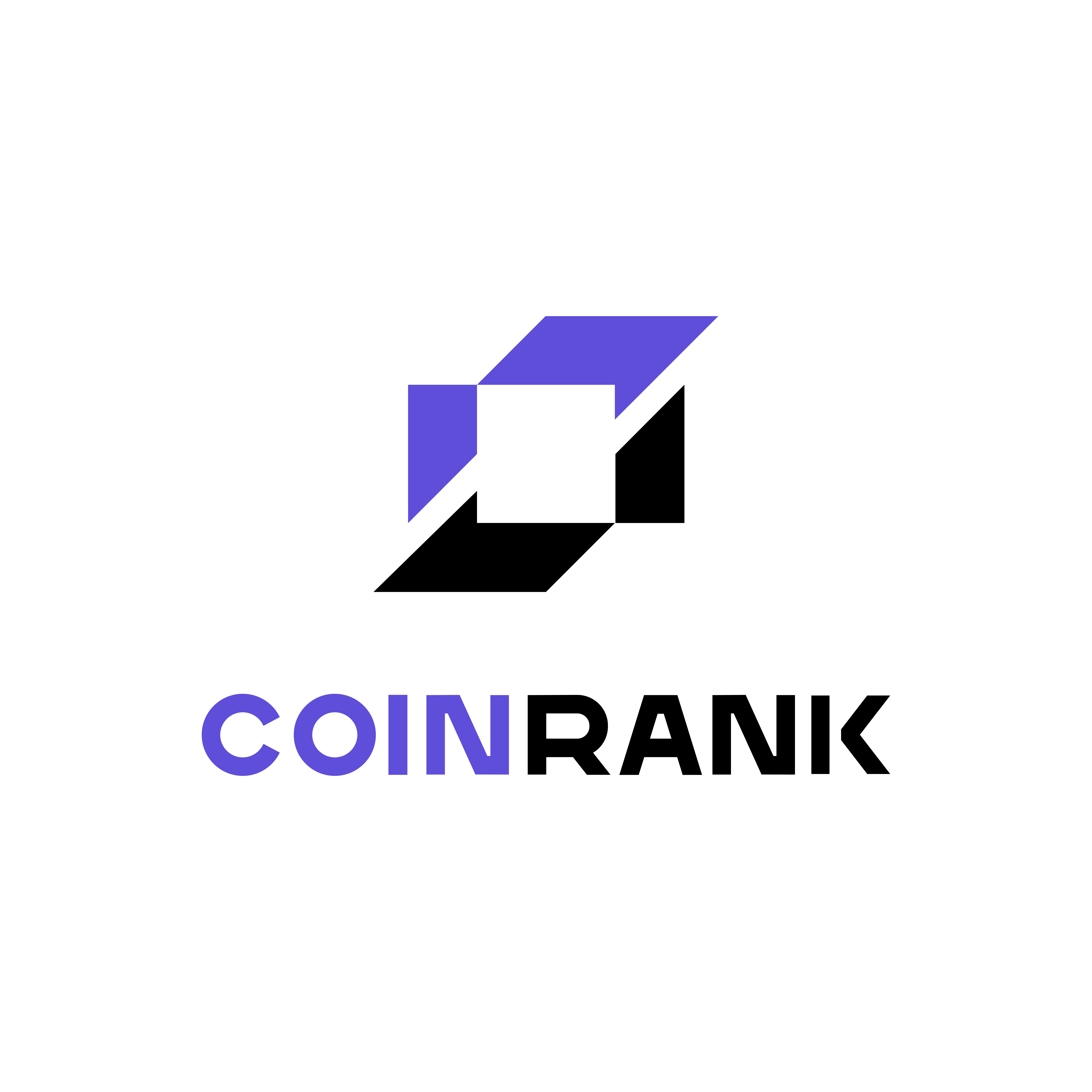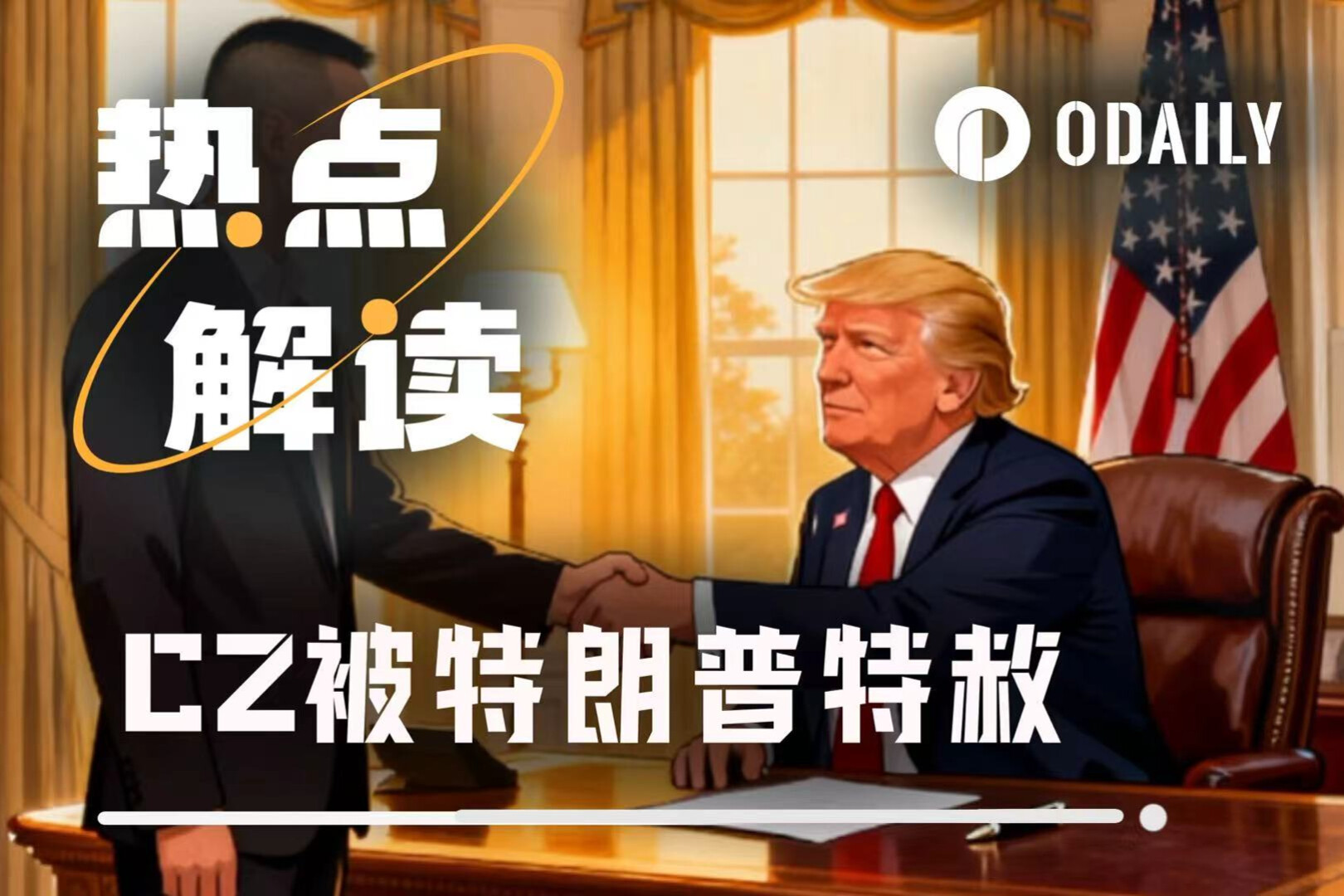
Hyperliquid has rapidly emerged in the decentralized finance (DeFi) space, poised to become a DeFi market leader by 2025 thanks to its high-performance Layer 1 blockchain and innovative model focused on perpetual contract trading. The platform has redefined the standard for decentralized trading with its exceptional trading volume, revenue performance, and technical architecture.
Business Performance: Leader in the DeFi Market
Strong revenue performance
By July 2025, Hyperliquid captured approximately 35% of total blockchain protocol revenue, ranking third in the industry behind stablecoin issuers Tether and Circle. Its 30-day revenue reached $95.63 million, with annualized revenue projected to reach $1.167 billion. This achievement stems from its strong competitiveness in the perpetual swaps market. Perpetual swaps, as highly leveraged and liquid financial instruments, attract a large number of professional traders and retail users, and Hyperliquid's low fees and high efficiency make it a preferred platform.
Trading volume and market dominance
Hyperliquid dominates the decentralized perpetual swap exchange (DEX) market, with data from June 2025 showing a 63% market share in 24-hour trading volume and over 74% in perpetual swaps. Cumulative trading volume has exceeded $375 billion, and total deposits have exceeded $4.8 billion, demonstrating exceptionally high user engagement and market depth.
Its no-KYC (Know Your Customer) access mechanism, centralized exchange-like user interface, and low transaction costs have attracted traders worldwide. The platform's support for high-frequency trading and complex order types (such as limit and stop-loss orders) further solidifies its position in the professional trading market.
Technology Core: Hyperliquid's Competitive Advantage
Hyperliquid's success is inseparable from its underlying technical architecture. The following is an in-depth analysis from three aspects: blockchain design, token economy, and ecological expansion.
Hyperliquid L1 and HyperBFT consensus mechanism
Hyperliquid operates on a proprietary Layer 1 blockchain, utilizing the HyperBFT (Byzantine Fault Tolerance) consensus algorithm, optimized for high-frequency trading scenarios. This algorithm combines Practical Byzantine Fault Tolerance (PBFT) with efficient batch processing techniques, enabling it to process 200,000 orders per second with a median latency of just 0.2 seconds, rivaling the performance of centralized exchanges while maintaining the transparency and security of decentralization.
HyperBFT's core strengths lie in its parallel transaction processing capabilities and low-latency order matching. Through sharded order book management and on-chain settlement, the platform ensures fast execution and low slippage, even in highly volatile markets. Furthermore, Hyperliquid utilizes a gas-free trading model, embedding fees within the transaction spread, significantly reducing user costs and improving the trading experience. This architecture is particularly well-suited to the demanding real-time and throughput requirements of the perpetual swap market.
HYPE Token: The Pillar of the Economic Model
The HYPE token is the core driving force of the Hyperliquid ecosystem. Since its genesis airdrop in late 2024, the price of HYPE has risen from $3.9 to $41.05 in July 2025, with a market capitalization of approximately $7.22 billion, ranking 11th in the crypto market. HYPE is not only used to pay for transaction fee discounts and governance decisions (via Hyperliquid Improvement Proposals (HIPs)), but will also support staking rewards in the future.
Hyperliquid's HIP-1 token listing mechanism further strengthens the value of HYPE. The project determines the token listing fee (recently stabilized at over $100,000) through market bidding, with all proceeds used to repurchase and burn HYPE, creating a deflationary effect. This mechanism not only increases token scarcity but also ensures that platform revenue directly returns to the ecosystem, enhancing long-term economic sustainability. Hyperliquid's self-funded approach, rejecting venture capital, further ensures that its economic model prioritizes user interests.
HyperEVM: Towards a fully functional DeFi ecosystem
Hyperliquid's upcoming HyperEVM, an Ethereum Virtual Machine-compatible extension layer currently in testnet, supports Solidity smart contract development. Over 30 projects are already planning to deploy on HyperEVM, including automated market makers (AMMs), lending protocols, and liquidity mining platforms. Leveraging the high throughput of Hyperliquid L1, HyperEVM offers low-cost, high-speed transactions, making it more competitive with the congestion and high gas fees of the Ethereum mainnet.
A unique advantage of the HyperEVM lies in its native integration with the Hyperliquid perpetual contract market. Developers can build innovative applications that combine derivatives trading, such as leveraged lending or synthetic asset trading based on perpetual contracts. This "trading + smart contract" combination positions Hyperliquid to transform from a single perpetual contract platform into a comprehensive DeFi ecosystem, competing with Ethereum, Solana, and others.
Strategic innovation: differentiated market positioning
Hyperliquid's strategy focuses on the perpetual swap market, a popular sector in crypto trading due to its high leverage and deep liquidity. The platform's 74% market share for perpetual swaps, far exceeding competitors such as dYdX and GMX, underscores its precise market positioning. Perpetual swaps allow traders to hold positions indefinitely, making them well-suited to the highly volatile crypto market. Hyperliquid's low latency and deep liquidity make it a top choice for professional traders.
The platform's user experience design draws inspiration from centralized exchanges like Binance, offering an intuitive interface and powerful order functionality while maintaining decentralized transparency. The lack of KYC requirements further lowers the barrier to entry, attracting over 185,000 unique users (as of the end of 2024). Hyperliquid's differentiated strategy avoids direct competition with AMM-based DEXs like Uniswap, focusing on high-frequency trading and derivatives markets, establishing a distinct competitive advantage.
HIP-1's token listing mechanism is another strategic highlight. Through market-based pricing, Hyperliquid ensures the quality of newly listed tokens and avoids the flood of low-liquid assets. This mechanism not only enhances the platform's credibility but also provides a stable revenue stream for the ecosystem, supporting long-term development.
Future potential analysis
Hyperliquid's future development roadmap is clear and ambitious. The HyperEVM mainnet launch (expected for 2026) will transform it from a single trading platform into a comprehensive DeFi ecosystem, supporting diverse applications from derivatives to lending. For example, HyperEVM-based protocols may launch innovative products incorporating perpetual contracts, such as leveraged decentralized insurance or on-chain options markets.
The upcoming HIP-3 upgrade will introduce staking and lending features, further enriching the ecosystem. The staking mechanism will allow HYPE holders to participate in network security and earn returns, enhancing the token's long-term appeal. The lending protocol will support margin trading with low capital requirements, attracting more small and medium-sized traders. These expansions will enable Hyperliquid to capture a wider share of the DeFi market.
Furthermore, Hyperliquid's high-performance architecture gives it the potential to enter emerging areas such as real-world asset tokenization (RWA) and institutional-grade derivatives trading. As DeFi merges with traditional finance, its low-latency, high-throughput infrastructure will become a key advantage in attracting institutional users.
- 核心观点:Hyperliquid凭借高性能L1链主导DeFi永续合约市场。
- 关键要素:
- 永续合约市占率74%,交易量份额63%。
- HyperBFT共识支持20万TPS,0.2秒延迟。
- HYPE代币通缩模型,市值72亿美元。
- 市场影响:推动DeFi衍生品竞争和机构采用。
- 时效性标注:中期影响。



